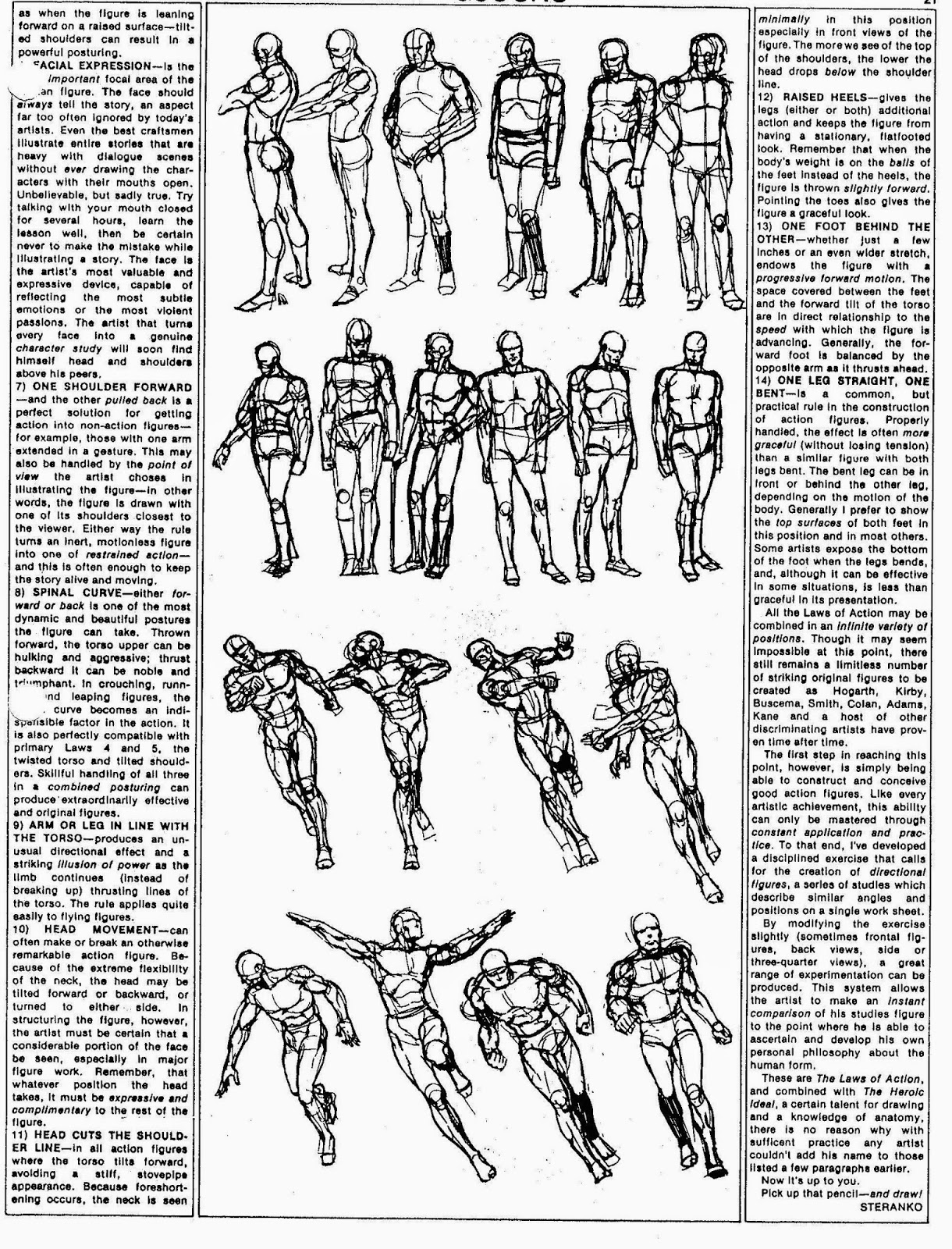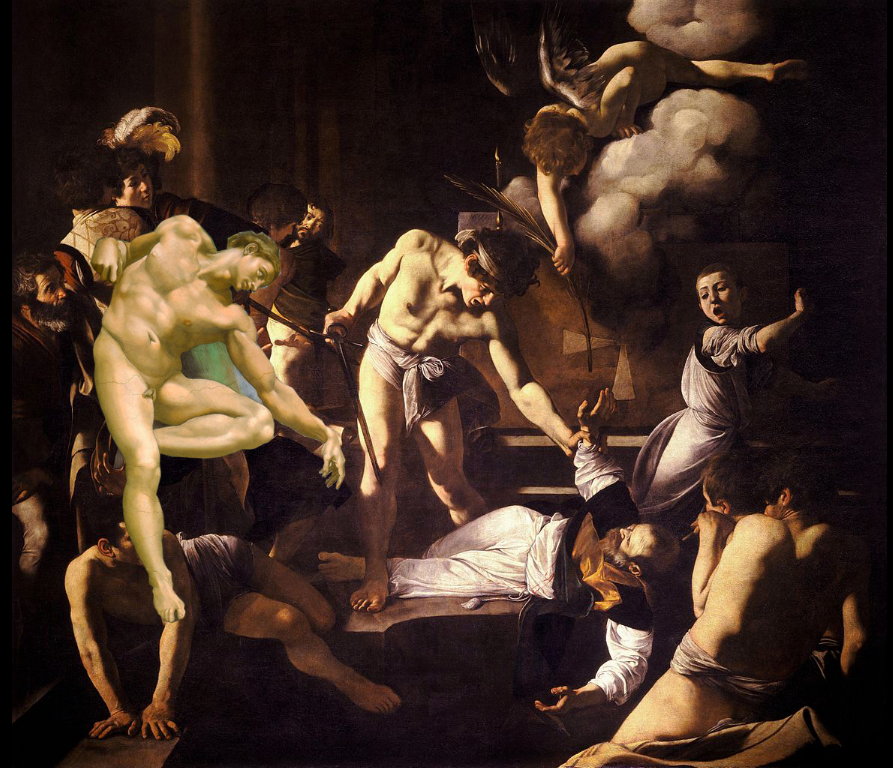What is "artistic anatomy"? It is the deliberate distortion of anatomy in order to make an artistic statement which may (or may not) support a philosophical idea. Artistic anatomy is the "...practical application of learned anatomy for heightened dramatic effect and maximum visual impact. Just as the most elegant words have no effectiveness unless they are used properly in a sentence, anatomical expertise without intelligent and judicious application will fail to communicate even the finest draughtsman's attention."* In today's academies, students are taught fidelity to nature and accuracy of seeing which makes for excellent work which however can sometimes be a little sterile. Interpretation and distortion for the sake of expression is often overlooked when drawing and painting figures.
For much of the 20th century, particularly in the dark days of the 60's and 70's, comic books were where much of the figurative tradition lived. Comic books are a great way to start of a series of posts on artistic anatomy considering that the simplification and distortion of anatomy is key to the art form.
The greatest comic artist of all time, Jack Kirby, is a example of an artist using artistic anatomy,
Kirby's early work showed a mastery of anatomy but by the end of his career he had developed a short hand for anatomy that was distinctly his. Squiggly lines and sharp, straight lines interplay across the surface of his figures lending a sense of action and urgency to them. This is the essence of artistic anatomy in the comic medium - "the amplification of anatomy to the point of impossibility and beyond."*
Also typical of Kirby are the oversized hands, bodies at 8 heads or more tall and exaggerated musculature. A hallmark of figures in heroic art:
Michelangelo
Pontormo
El Greco
Jim Steranko was a young graphic designer who had a short but fantastic run on a series of Marvel Comics in the 1960's. He took Kirby's language and made it his own:
Later, in his self published magazine Media Scene, he wrote an article titled: The Laws of Action" in which he describes how an artist can bring energy, expression and grace to a figure. It is a manifesto that is useful for all figurative artists. Let me know what you think.
* All quotes above taken from "The Laws of Action " by Jim Steranko.













































.jpg)
.jpg)

